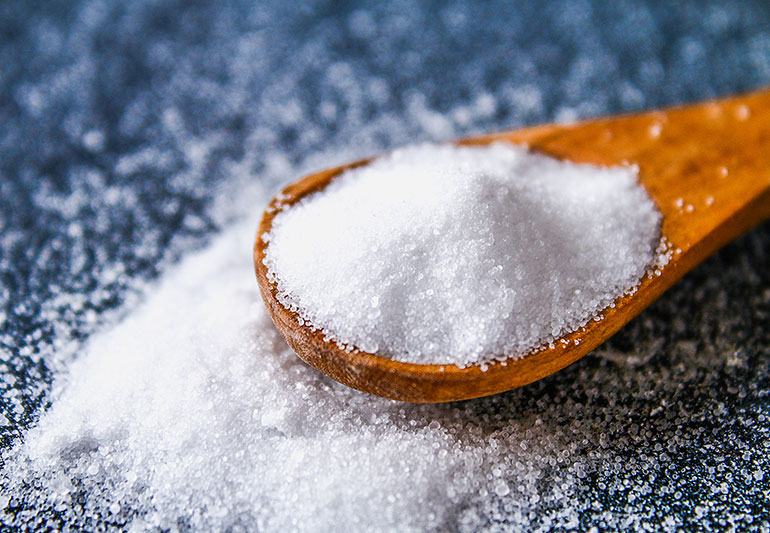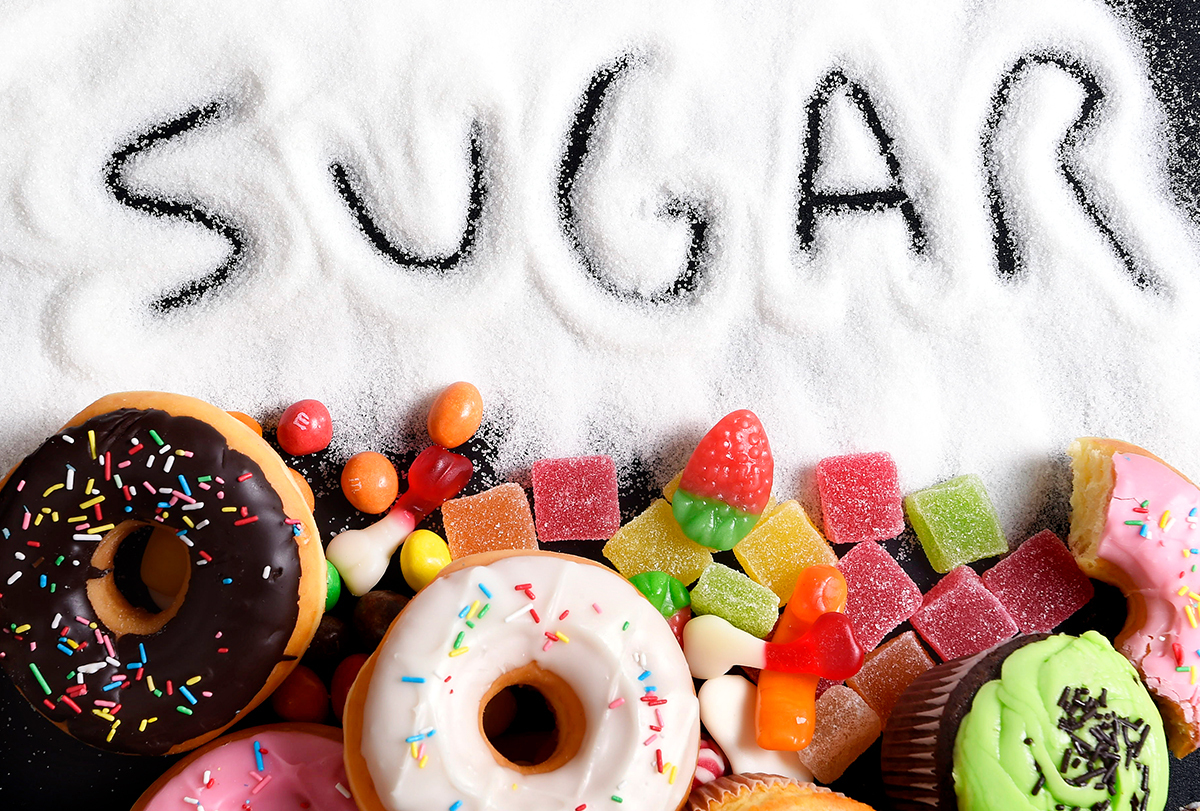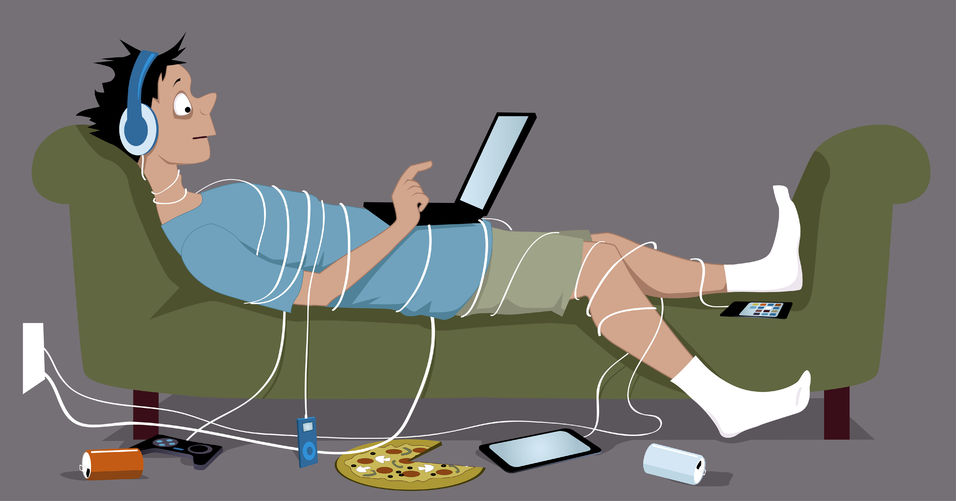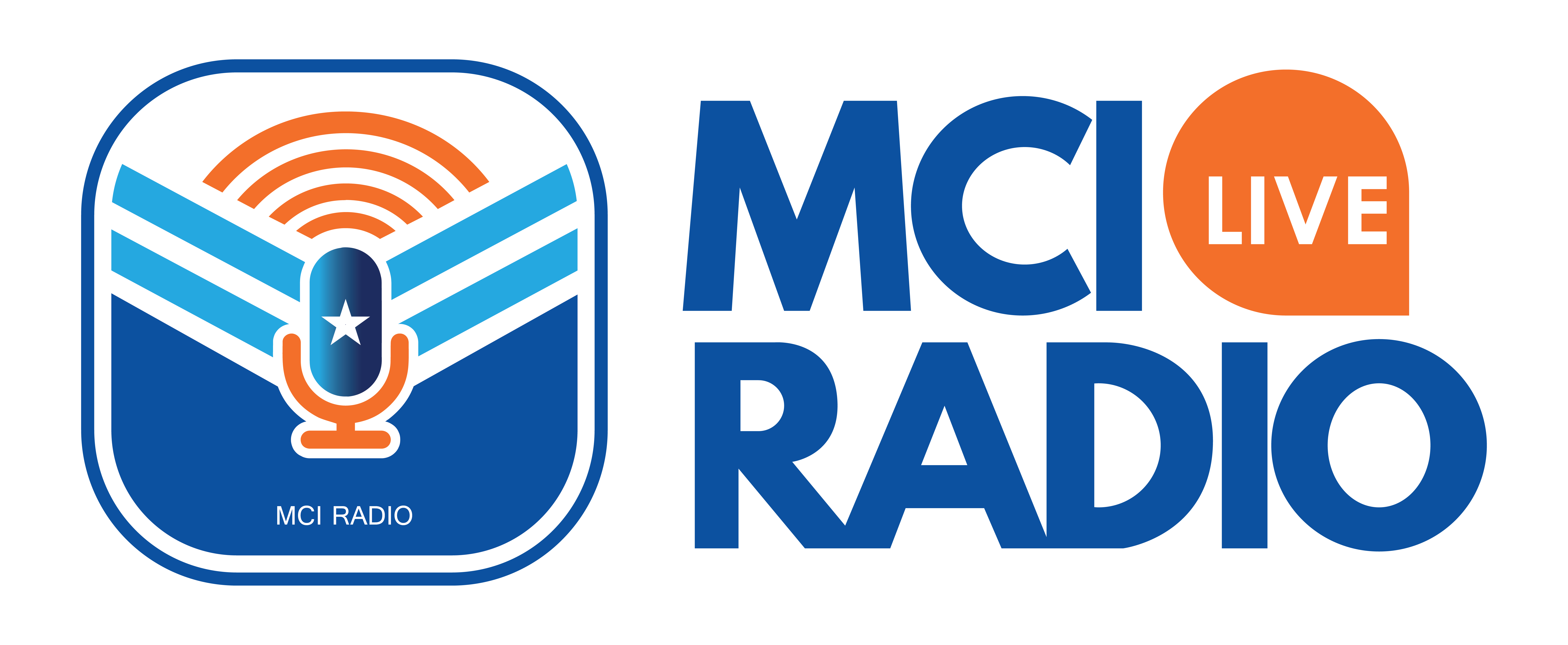Addictions are often associated with substances like drugs and alcohol, but there are numerous other addictions that silently weave themselves into our daily lives.
These subtle dependencies can be just as harmful, yet many people remain unaware of their existence. From phone addiction to salt and sugar cravings, let’s explore some commonly overlooked addictions that often go unrecognized but can profoundly impact our well-being.
1. Phone Addiction:

In today’s digital era, smartphones have become an integral part of our lives. While they offer numerous benefits, excessive phone usage can lead to addiction.
Constantly checking notifications, feeling anxious or restless without your phone, or prioritizing virtual interactions over real-life experiences are signs of phone addiction.
Acknowledging this dependency is the first step toward achieving a healthier relationship with technology.
2. Salt Addiction:

Salt is a ubiquitous seasoning that enhances the flavor of our food. However, excessive salt consumption can lead to addiction.
The human body requires a certain amount of sodium, but an overreliance on salt can contribute to high blood pressure and other health issues.
Craving intensely salty foods or habitually adding excessive salt to your meals may be indicators of a hidden salt addiction.
3. Sugar Addiction:

The allure of sugar is undeniable, but its addictive nature often goes unnoticed. Consuming sugary treats releases dopamine, a neurotransmitter associated with pleasure and reward, leading to a cycle of cravings and overconsumption.
Frequent sugar cravings, feeling irritable or fatigued without sugar, or difficulty cutting back on sugary foods may signify a sugar addiction that warrants attention.
4. Caffeine Addiction:

Caffeine is the world’s most widely consumed psychoactive substance, found in coffee, tea, energy drinks, and more. While moderate caffeine intake is generally safe for most individuals, excessive reliance on it can lead to addiction.
Dependence on caffeine manifests through withdrawal symptoms like headaches, irritability, and difficulty concentrating when attempting to cut back or quit.
5. Shopping Addiction:

Retail therapy can be a temporary mood booster, but for some individuals, shopping becomes an addictive behavior. Compulsive buying, the need to constantly acquire new possessions, or experiencing a rush of euphoria from shopping can all be signs of a shopping addiction.
This addiction can lead to financial distress, strained relationships, and a loss of control over one’s own actions.
6. Internet Addiction:

With the rise of social media, online gaming, and streaming platforms, the internet has become a source of entertainment, connection, and distraction.
However, excessive internet use can develop into an addiction. Spending excessive amounts of time online, neglecting responsibilities, experiencing restlessness or anxiety when unable to access the internet, and diminishing real-life interactions are indicative of internet addiction.
In conclusion, while it’s easy to overlook certain addictions that seem harmless on the surface, acknowledging and addressing them is crucial for maintaining a balanced and healthy lifestyle.
Phone addiction, salt addiction, sugar addiction, caffeine addiction, shopping addiction, and internet addiction are just a few examples of the unsaid addictions that people often live with unknowingly.
By recognizing the signs and seeking support when necessary, individuals can regain control over their lives and foster healthier habits. Let’s break the cycle of denial and work towards a life free from these hidden dependencies, empowering ourselves to live our best lives.









